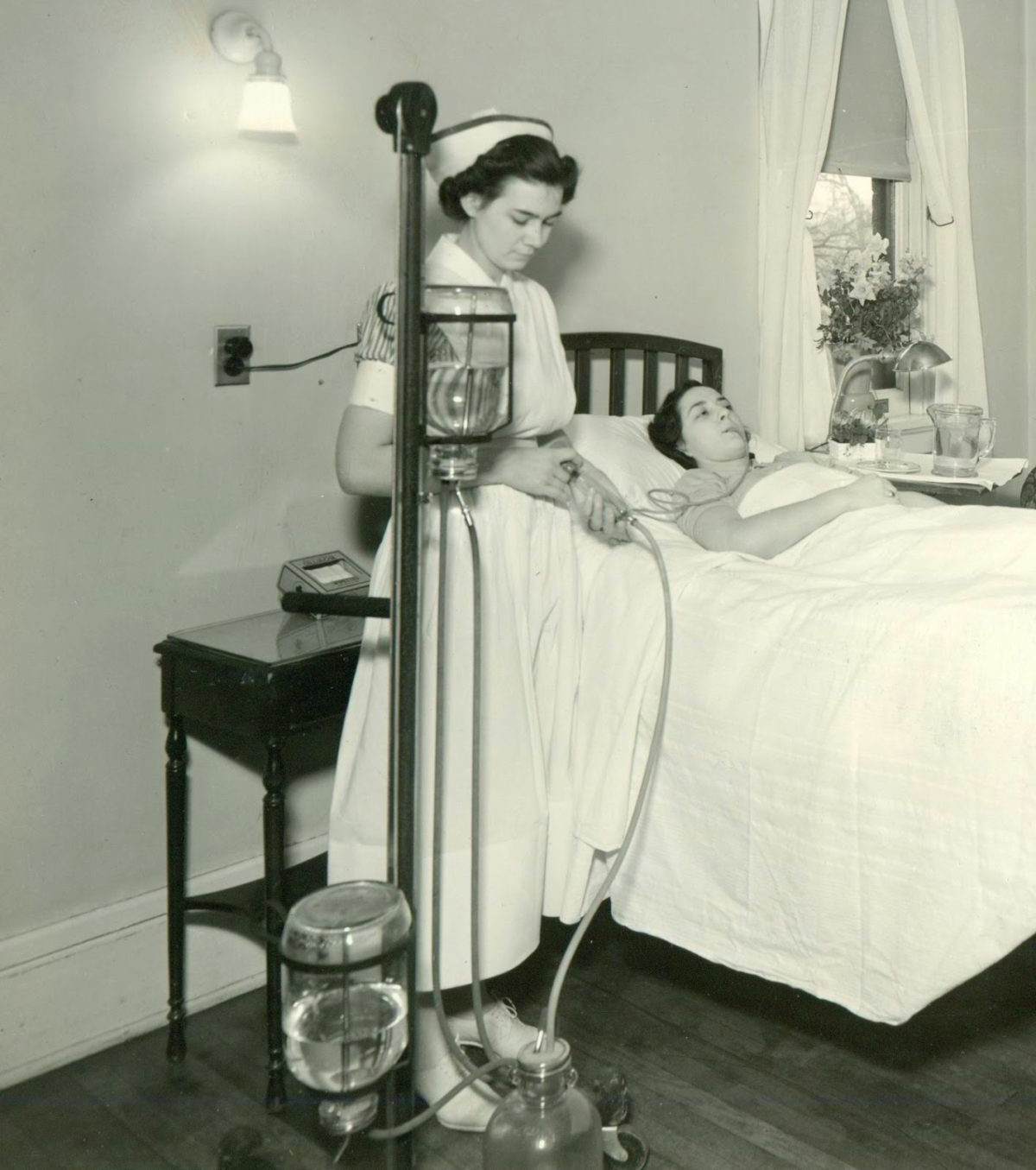The Wangensteen suction apparatus is not much to look at and is now largely obsolete. But in 1931, when Minnesota surgeon Dr. Owen Wangensteen invented this simple but effective medical device, patients emerging from abdominal surgery often died of intestinal obstruction because gas and fluids had backed up in their bellies.
The son of Norwegian immigrants who raised livestock outside Lake Park, Minnesota, Wangensteen, born in 1898, originally dreamed of going to veterinary school — as a teen he successfully vaccinated the family herds for anthrax. Instead, at the University of Minnesota, he pursued and got M.D. and PhD degrees. He spent nearly four decades at his alma mater as a physician, professor and chairman of the surgery department.
He was 33 when, trying to combat those often deadly gastric blockages, he snaked one end of a thin rubber tube through a surgical patient’s nose and esophagus and into that person’s stomach and intestines following surgery. Wangensteen fed the other end of the tube into a raised container of water feeding into an empty container just below. As the full jar’s contents drained into the empty jar, the process created negative pressure that siphoned blockages out of the belly, preventing the patient from developing sepsis.
Wanting his innovation to be universally available, Wangensteen did not patent his device, which a contemporary estimated likely saved a million lives by the time the inventive surgeon died in 1981.
One of those lives may have been Ogden Nash’s. In 1951, the poet sent Wangensteen a card inscribed, “May I find my final rest in/Owen Wangensteen’s intestine/Knowing that his masterly suction/will assure my resurrection.”
Among his many additional accomplishments, Wangensteen trained Dr. Christiaan Barnard, Dr. Norman Shumway and other pioneering heart transplant surgeons. He also developed surgical treatments for cancer.
Electrically powered versions of Wangensteen’s device were in use by the 1940s, but his original hand-rigged, suction-fed mechanism remained embedded in medical culture. In a 1971 episode of “M*A*S*H,” the device played a key role during an abdominal surgery gone wrong just as a malfunctioning power generator left the camp without electricity.
“Got a distended abdomen here,” Capt. B.J. Hunnicutt remarks. “I need some gastric suction.”
He suggests the surgical team build “a good old-fashioned, hand-operated Wangensteen suction.”
“Wangensteen?” a skeptic asks. “Those things went out with rumble seats.”
They may have, but with a little surgical tubing and a couple of jars from the camp kitchen, the Wangensteen lives — and so does the fictional patient.
historynet magazines
Our 9 best-selling history titles feature in-depth storytelling and iconic imagery to engage and inform on the people, the wars, and the events that shaped America and the world.










